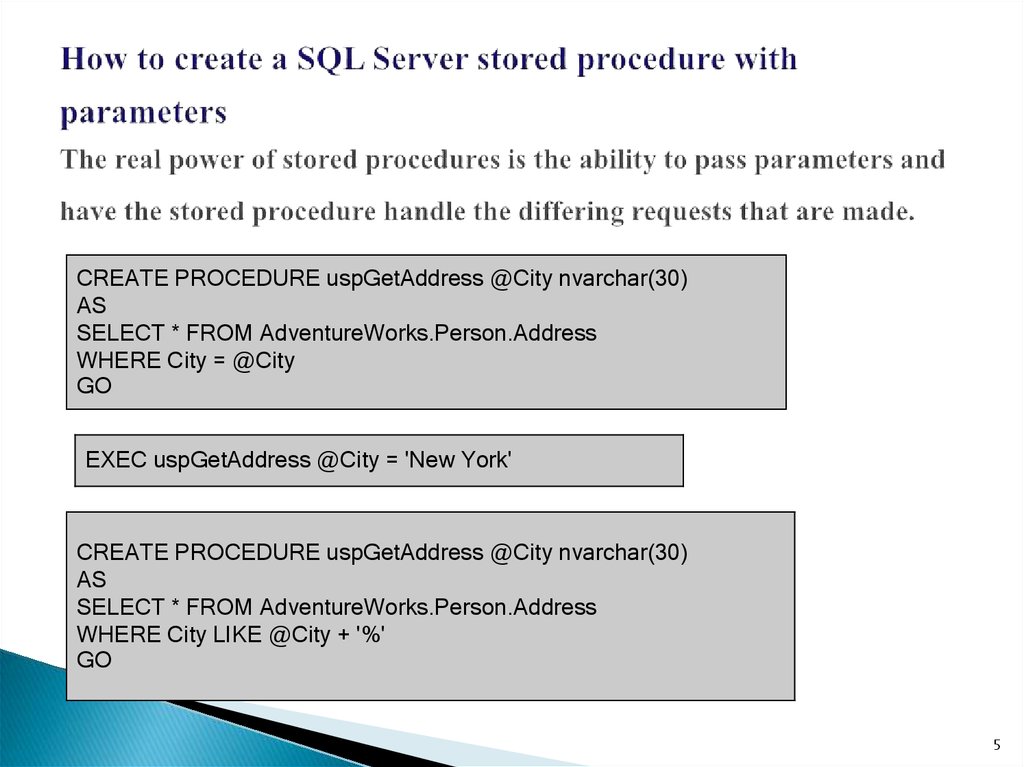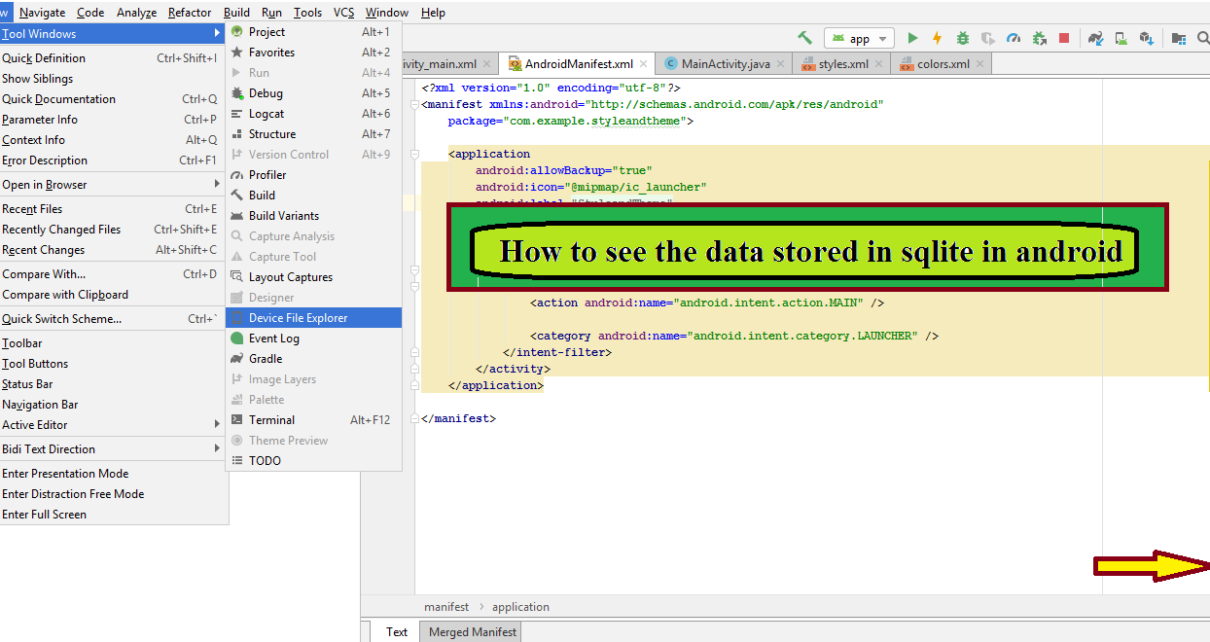

It is important for developers to validate user input and use properly parameterized queries and stored procedures to prevent this type of attack. But if malicious input is submitted instead, it can alter the intended SQL statement and provide the hacker access to the system.
#SQLITE STORED PROCEDURES ALLOWED PASSWORD#
Usually, when users enter their username and password into the login form, they are verified against what is stored in the database. The most common example of SQL Injection is a login form. By manipulating the SQL statement, hackers can gain access to unauthorized data, tamper with the data in the database, or even delete the entire database. Hackers can submit malicious input data, such as SQL statements, to disrupt the normal flow and behavior of the application or website.

SQL Injection is a hacking technique that takes advantage of applications or websites that allow user input without validating it first. It also helps increase performance by ensuring that only valid values are passed to the database.It ensures that the database will handle the value as the correct data type, making it less likely that an error will occur.For example, if your column is an integer, you should use an int or Int32 rather than a string.When creating a parameterized query, it is essential to use the correct data type when binding values.Working with parameters in Dapper is relatively easy, but you should know a few things to get the most out of it. Parameters allow developers to quickly and easily create parameterized SQL queries, which makes it safer to query your database directly with user input. Anonymous parameters are used when creating a query where all parameters should be treated the same way, such as when passing in a set of values for an IN clause or when using parameterized queries with stored procedures. That can help make the query easier to read and debug if something goes wrong. Named parameters are used when creating a query where each parameter has its unique name. When constructing a parameterized query with Dapper, you can use either named or anonymous parameters. Parameter placeholders can be named anything as long as the placeholder names don't match database object names (columns, tables, etc.).

Values are passed to the SQL command based on matching the order in which they have been added to the parameters collection to the order in which placeholders appear in the SQL. The OleDb provider supports positional parameters. For example, the SqlClient provider supports named parameters, with the parameter name prefixed with an character. The format of the placeholder is dependent on what the provider supports. Parameters are represented in the SQL command by placeholders, and the values are passed to the command within the DbCommand object's Parameters collection.

Using dapper parameters is a great way to ensure that your applications are secure from malicious attacks while still providing an easy and efficient way to insert data into your Dapper queries.
#SQLITE STORED PROCEDURES ALLOWED CODE#


 0 kommentar(er)
0 kommentar(er)
